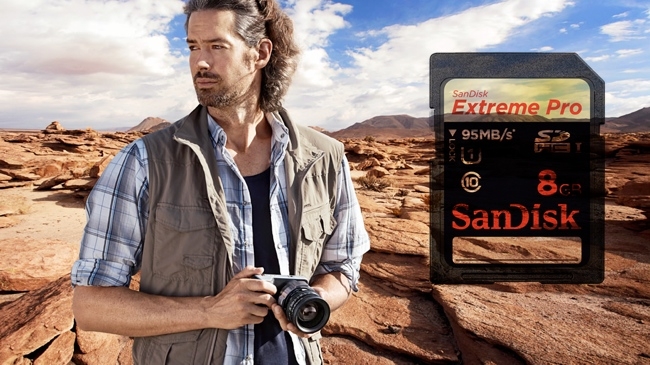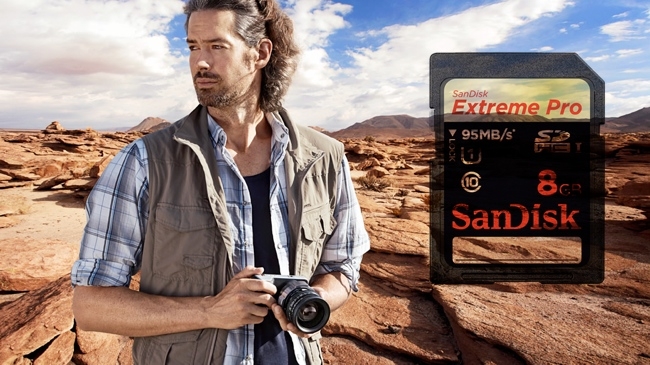
 What is Lossless Compressed Cinema DNG raw
What is Lossless Compressed Cinema DNG raw
This is possibly the most unusual recording format we've seen. The Blackmagic Pocket Cinema Camera is one of the first to support it. Here's what it is, and what it isn't
With today's release of Compressed Cinema DNG raw from Blackmagic Design for their Pocket Cinema Camera, quite a few people are asking questions about it.
First of all, if it's compressed, how can it be raw?
Good question, but the point is that it's compressed using lossless, as opposed to lossy, compression.
Just because you compress something doesn't mean that you're losing quality. It often does mean that, but there are ways to compress video that don't lose quality. So why don't we use lossless compression for everything? Because it's not very efficient.
ZIP
You could compare Compressed Cinema DNG with ZIP files (in fact, Blackmagic does, in today's press release) but this only gives part of the picture. ZIP files recognise patterns in the material to be compressed and replaces them with a token. Since the token is shorter than the thing it's replacing, the resulting file will be smaller.
But there aren't many patterns in the 1s and 0s in digital video. To a compressor like ZIP, a digital video file might as well be a string of random numbers - and since, by definition, there aren't any patterns in random numbers, you can't compress them, or at least, not easily.
Nevertheless, buried deep in mathematical theory, there ways to compress even digital media without loss; just not very well, or, efficiently, we should perhaps say.
Double your storage
Even so, who's going to complain if you can save, maybe, half of your storage, or, to put it another way, double your storage space.
This may not sound like much compared to the 50:1 compression that's common with delivery codecs like H.264, or even the 6:1 compression common with ProRes, but if it's the difference between a memory card that's $150 and one that's $300, it's worth having.
And because it's lossless, even though the media is compressed, there is no loss of quality whatsoever. All the information in the raw data is there. This is genuinely about the most information you will get from a sensor.
Big, but not that big
So, you'll end up with very big files, but still a fraction of what you'd need for uncompressed raw recording.
We haven't tried raw recording with the BMPCC yet, but we have recently tested the Canon 1DC, which, although it records in 4K and uses lossy 8bit MJPEG instead of 12 bit Losslessly compressed CinemaDNG, does result in a similar data flow that has to be recorded onto flash media.
Needless to say, whatever memory card you use needs to be pretty fast. We've been using SanDisk Extreme Pro CF cards in the Canon 1DC, and it seems likely that a card of that speed and quality would be ideal in the BMPCC (in SD format, of course!).
RedShark's first hands-on with the BMPCC
Tags: Technology


Comments